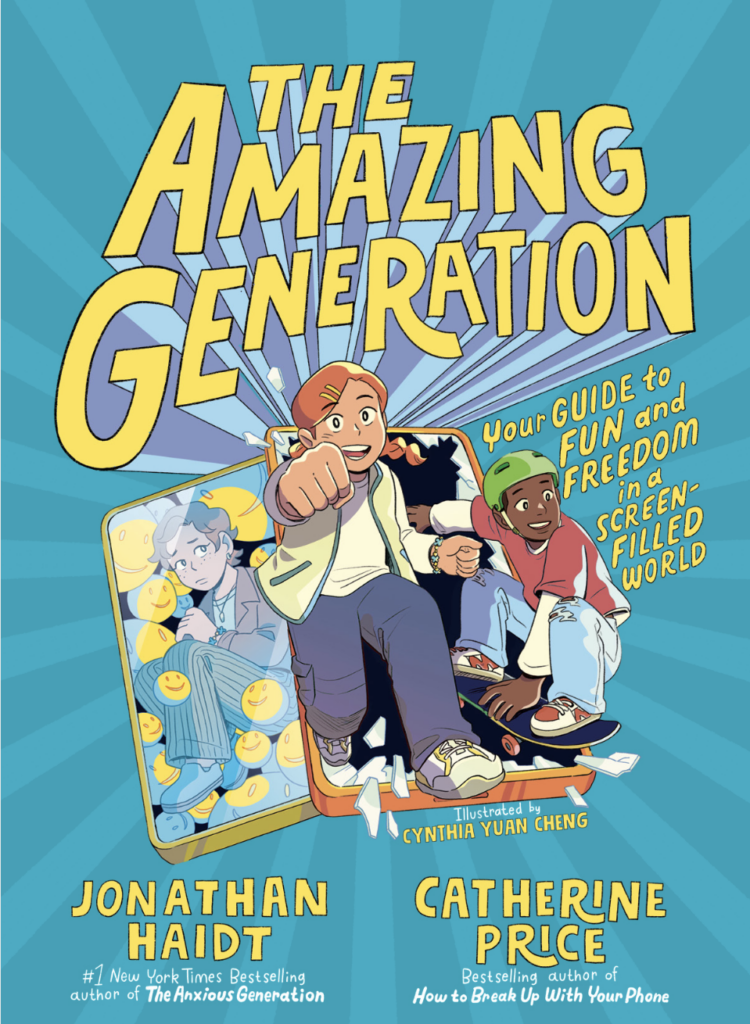






What Is Unstructured Play?
The best parenting advice I ever received came from a mom whose son went to toddler music class with mine. She had tried to replace the drumstick he was gnawing on with a different music maker, causing him to erupt in tears. She shrugged and smiled, “Never try to make a happy child happier!”
I smiled back and half laughed, pretending that I understood what she meant. Though just a year into my parenting journey, I wasn’t entirely sure I did. It stuck with me, though, and soon I found her words popping into my head dozens of times each day. Every time I tried to facilitate “improved” experiences for my kids in the midst of their own games, it would blow up in my face. They were playing happily. Why was I constantly inserting myself in their unstructured play?
My son contentedly pushed dirt around with his toy dump truck as I watched from afar. Wouldn’t some more trucks make this game even more fun, I thought to myself. But when I pushed the toy excavator in front of him, my son yowled, “That’s not what I’m doing!”
The same happened when my kids built a magnificent castle out of blocks and I tried to show them how their action figures could live in it, or when I offered to set up soccer goals after I found them playing a pick-up game with friends.
I was only trying to help, but each time I was also interrupting something very delicate and important: their own free, unstructured play. When kids engage in free play, they don’t need our help.
Why unstructured play?
Unstructured play, also known as free play, is loosely defined as any period of unstructured, child-led play. When children engage in unstructured play, their play is motivated by their own desires and curiosity, and guided by their own mental rules. It is removed from the work of real life, and it’s something that they willingly engage in, deciding for themselves when to start and when to stop.
Activities that might seem like work to grown-ups can still count as play for children, because much of the definition falls into the hands of the child. A carpenter at work with a hammer and nails is no doubt doing the job they’ve been paid to do, while a child bashing nails into a log on her own accord and at her own will is engaged in a form of unstructured play. The difference comes from the motivating factors and in whether or not the child enjoys the process. Even just playing with LEGOs can be a great form of unstructured play.
Free play also plays a vital role in child development. As pointed out by the Pedagogy of Play, a project from the Harvard Graduate School of Education, play allows children to “make sense of their world; the way they form and explore friendships; the way they shape and test hypotheses about their intellectual, social, emotional, and physical environments”—all of these integral skills develop naturally through play.
Moreover, Peter Gray, psychologist and author of Free to Learn: Why Unleashing the Instinct to Play Will Make Our Children Happier, More Self-Reliant, and Better Students for Life, points out that unstructured play builds empathy and creativity in children. It is also associated with reductions in depression, anxiety, and other stress-related issues.
All the research points to the seemingly endless benefits of unstructured play, but what does free play actually look like in practice? Let’s take a closer look.
What form does free and unstructured play take?
There is no single definition of free and unstructured play, nor are there any specific prescribed methods. In fact, the precise definitions vary a bit from one expert to the next, likely because unstructured play itself varies so much. That said, free play is always child driven, and children engaged in free play always choose when to begin, when to stop, and the rules by which they are playing.
So, how might unstructured play look in practice?
Symbolic Play
This is what happens when sticks become swords or horses. Children engaged in symbolic unstructured play use their own found objects to symbolize other real-life things.
Rough and Tumble Play
This type of free play involves wrestling, play fighting, or other physical play. Kids receive important sensory input and learn about their physical limits through rough and tumble unstructured play.
Social Play
In social unstructured play, children imagine a structure of rules or hierarchy and act them out together. This could mean anything from playing house to an intricate new version of tag or capture the flag. Communication, compromise, and negotiation become imperative to creating social play.
Creative Play
When children engage in creative free play, they are actively creating or constructing something. This could be a tower built of blocks, a painting in the mud, or even a pile of rocks stacked in a specific pattern. This type of play often develops fine motor skills.
Dramatic Play
In dramatic unstructured play, children take on imaginary roles that are not social or domestic. Children engaged in dramatic play may become unicorns, wizards, or pirates.
Deep Play
This is the form of free play in which children explore their physical limits and confront fears through risk-taking. They might climb high in a tree, balance along a narrow rock wall, or venture into the woods in the dark.
Locomotor Play
Locomotor free play is play that involves movement. Children who are engaging in it might be swinging, jumping, or chasing one another. They build important gross motor skills and physical strength.
Mastery Play
In mastery unstructured play, children practice real-world tasks such as lighting fires, digging holes, or building dams.
Role Play
When children engage in role play, they are exploring the real-life roles they see around them. They could pretend to be a fire fighter, a doctor, or a chef. They practice skills and communication they’ll need in the real world.
While these are some of the ways that children engage in unstructured play, they are not all of them. Free play can exist almost anywhere at almost any time.
How can parents encourage more unstructured play?
Encouraging free play is more of a passive process than an active one. The more involved the parent becomes, the less free the play actually is. In order to really be free play, it needs to be child directed.
Still, parents can encourage unstructured play by providing the time, space, and materials for it. This doesn’t necessarily mean a playroom full of toys, though. It could simply be an afternoon spent at the park or a backyard that’s safe to explore independently.
Toys are by no means a prerequisite for free play. In fact, too many toys can actually be overwhelming to a child and limit their ability to play freely.
Parents who want to encourage free play just need to provide unstructured time and a safe space for their children to explore. And remember the best parenting advice I ever heard: Never try to make a happy child happier. Once your children are playing freely, just step back and let it happen.




Comments are closed for this article.